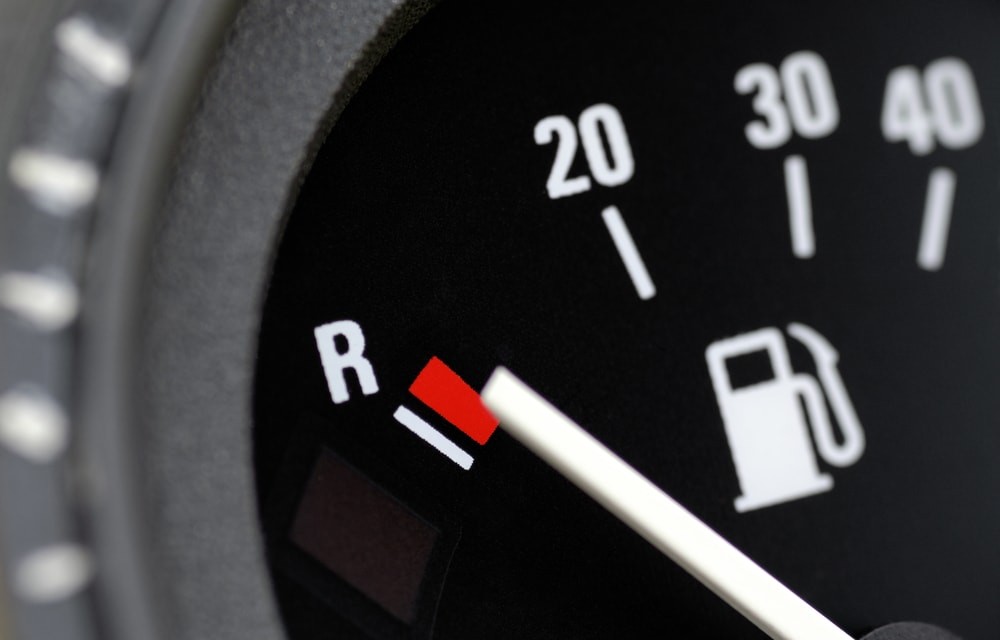Experiencing trouble with your car’s performance? Imagine you’re driving down the highway and suddenly notice your car losing power. You press the gas pedal, but there’s little to no response. This can be a scary situation and a major indicator of a problem with your fuel pump. If you’re facing these issues, it’s crucial to understand what’s happening and how to address it. While “Car Repair Online” always recommends professional service, knowing the basics of fuel pump repair can empower you as a car owner.
Recognizing the Symptoms of a Failing Fuel Pump
Before diving into how to repair a car fuel pump, it’s important to accurately diagnose the issue. A faulty fuel pump often presents with specific symptoms. One of the most common signs is a noticeable loss of acceleration. You might find your car struggling to maintain speed, especially when going uphill or carrying a load. Another telltale sign is sputtering or jerking, particularly during longer drives. This occurs because a failing fuel pump can’t consistently supply the engine with the fuel it needs. In severe cases, your car might stall completely and unexpectedly. Interestingly, after resting for a short period, the car might restart, only to stall again soon after. This intermittent issue is a strong indicator of fuel pump problems. These symptoms often worsen during long drives or in hot weather, as the fuel pump works harder and can overheat.
Diagnosing a Bad Fuel Pump: What Mechanics Look For
When you bring your car to a mechanic with these symptoms, they will perform diagnostic tests to confirm a fuel pump issue. One of the primary tests is a fuel pressure test. Mechanics use a specialized gauge to measure the fuel pressure delivered to the engine. A reading below the manufacturer’s specification often points directly to a failing fuel pump. They also consider the conditions under which the symptoms occur. Fuel pumps often fail due to wear and tear over time, especially in vehicles manufactured in the 2010s and later, as modern fuel pumps sometimes have a shorter lifespan than older models. Heat and increased engine load can exacerbate a weak fuel pump, leading to the symptoms described earlier, particularly during extended drives. By analyzing the symptoms and conducting a fuel pressure test, a mechanic can accurately determine if a fuel pump replacement is necessary.
How to Repair a Car Fuel Pump: Is it a DIY Job?
While it’s technically possible to repair a car fuel pump yourself, it’s generally not recommended for most car owners, especially those without extensive automotive repair experience. Replacing a fuel pump is a moderately complex task that involves working with the car’s fuel system, which can be dangerous if not handled properly. Fuel is flammable, and improper procedures can lead to leaks or even fire hazards.
However, for informational purposes, here are the general steps involved in replacing a fuel pump:
- Safety First: Disconnect the negative battery terminal. Work in a well-ventilated area and have a fire extinguisher nearby. Depressurize the fuel system – consult your car’s repair manual for the specific procedure.
- Access the Fuel Pump: The fuel pump is usually located inside the fuel tank. Access can be through an access panel under the rear seat or by dropping the fuel tank.
- Remove the Old Fuel Pump: Carefully disconnect fuel lines and electrical connectors. Remove the fuel pump retaining ring or assembly. Take out the old fuel pump.
- Install the New Fuel Pump: Install the new fuel pump assembly, ensuring new seals and O-rings are used. Reconnect fuel lines and electrical connectors securely.
- Reassemble and Test: Reinstall the fuel tank or access panel. Reconnect the battery. Turn the ignition to the “ON” position (without starting the engine) to allow the fuel pump to prime. Check for leaks. Start the engine and verify proper fuel pressure and engine operation.
Important Note: This is a simplified overview. Each vehicle model has specific procedures, and a repair manual is essential for accurate and safe fuel pump replacement.
When to Call a Professional Mechanic for Fuel Pump Repair
Due to the complexity, safety concerns, and the need for specialized tools and knowledge, it’s best to entrust fuel pump repair to a qualified mechanic. A professional has the expertise to accurately diagnose the problem, safely replace the fuel pump, and ensure the entire fuel system is functioning correctly. Furthermore, incorrect installation can lead to further car problems and safety hazards. By choosing a certified mechanic, you ensure the job is done right, maintaining your car’s reliability and your safety on the road. If you suspect a fuel pump issue based on the symptoms described, don’t hesitate to contact roadside assistance or schedule a service appointment with a trusted repair shop. Remember, addressing fuel pump problems promptly is crucial for your car’s performance and your peace of mind.

